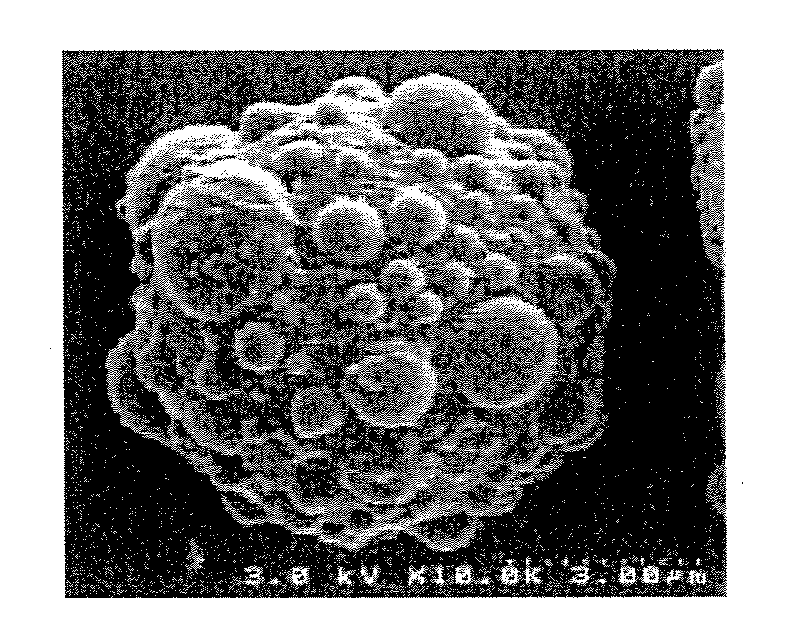Toner, method of preparing the toner, and developer, image forming method, image forming apparatus, and process cartridge using the toner
a technology of toner and developer, which is applied in the field of toner, method of preparing toner, and developer, image forming method, image forming apparatus, and process cartridge using toner, which can solve the problems of increasing non-electric adherence, complicated methods, and other drawbacks of toner passing through the cleaning blade, and achieves good combination of toner properties, good color reproducibility, and good color reproducibility
- Summary
- Abstract
- Description
- Claims
- Application Information
AI Technical Summary
Benefits of technology
Problems solved by technology
Method used
Image
Examples
example 1
Preparation of Unmodified Polyester (Low Molecular Weight Polyester)
[0362] The following components were fed in a reaction vessel equipped with a condenser, a stirrer, and a nitrogen inlet pipe.
Ethylene oxide (2 mole) adduct of bisphenol A67 partsPropylene oxide (3 mole) adduct of bisphenol A84 partsTerephthalic acid274 parts Dibutyltin oxide 2 parts
[0363] The mixture was reacted for 8 hours at 230° C. under normal pressure. Then the reaction was further continued for 5 hours under a reduced pressure of 10 to 15 mmHg. Thus, an unmodified polyester was prepared.
[0364] The unmodified polyester had a number average molecular weight (Mn) of 2,100, a weight average molecular weight (Mw) of 5,600, a glass transition temperature (Tg) of 55° C.
Preparation of Master Batch
[0365] The following components were mixed with a HENSCHEL MIXER (manufactured by Mitsui Mining Co., Ltd.).
Water1000 partsCarbon black (PRINTEX 35 from Degussa AG, 540 partsDBF absorption value of 42 ml / 100 g, pH o...
example 2
[0392] The procedure for preparation of the mother toner (1) in Example 1 was repeated except that the added amount of the silicone resin (1) was changed from 30 parts to 15 parts. Thus, a mother toner (2) was prepared.
example 3
[0393] The procedure for preparation of the mother toner (1) in Example 1 was repeated except that the silicone resin (1) was replaced with a styrene-acrylic copolymer resin (1) (FCA-1001-NS from Fujikura Kasei Co., Ltd.). Thus, a mother toner (3) was prepared.
PUM
| Property | Measurement | Unit |
|---|---|---|
| height | aaaaa | aaaaa |
| transmittance | aaaaa | aaaaa |
| transmittance | aaaaa | aaaaa |
Abstract
Description
Claims
Application Information
 Login to View More
Login to View More - R&D
- Intellectual Property
- Life Sciences
- Materials
- Tech Scout
- Unparalleled Data Quality
- Higher Quality Content
- 60% Fewer Hallucinations
Browse by: Latest US Patents, China's latest patents, Technical Efficacy Thesaurus, Application Domain, Technology Topic, Popular Technical Reports.
© 2025 PatSnap. All rights reserved.Legal|Privacy policy|Modern Slavery Act Transparency Statement|Sitemap|About US| Contact US: help@patsnap.com



